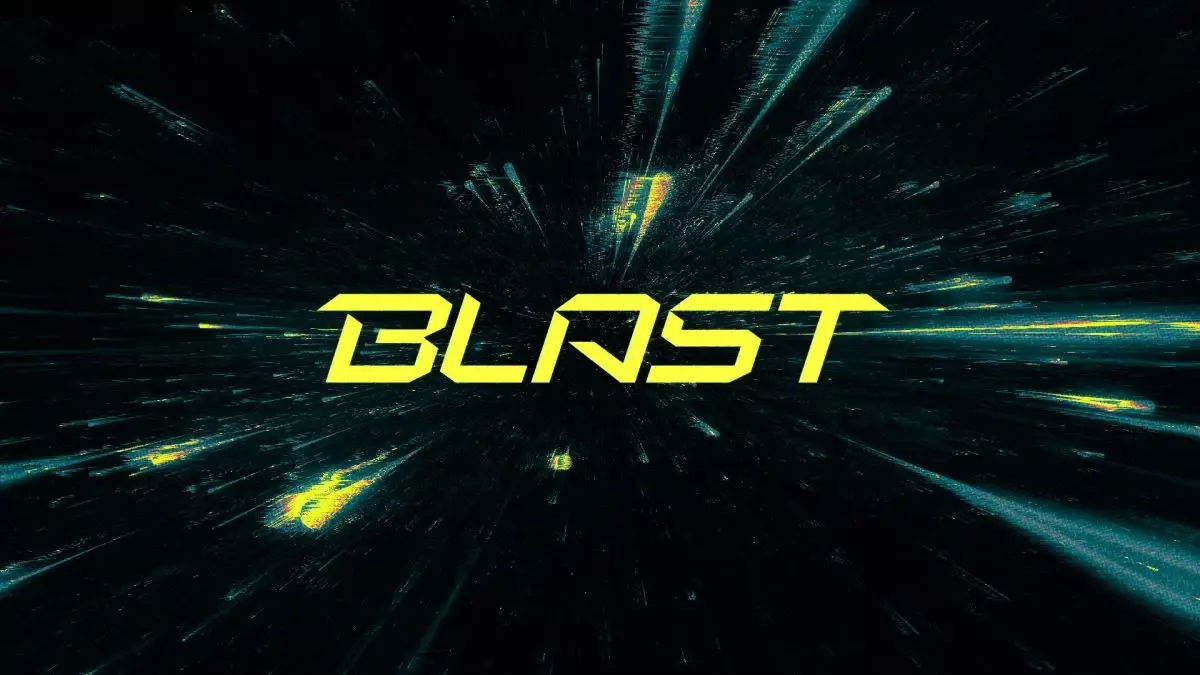The Blast Network has emerged as a key player in the world of web3, offering a unique solution among the many Ethereum Layer 2 (L2) platforms. Launched by the creators of the Blur NFT marketplace, Blast Network’s mainnet, known as Blast Mainnet, was unveiled in February 2024 to tackle the challenges of high transaction fees and network congestion often seen on the Ethereum Mainnet. With features like native yield generation for ETH and stablecoins, Blast Network is setting itself apart in the crypto space. This article explores the core aspects of Blast Network, its distinct features, and why it presents significant promise for the future of decentralized finance (DeFi).
Blast Network operates as a Layer 2 blockchain aimed at enhancing the scalability and efficiency of blockchain transactions. The platform boasts a user-friendly interface and robust infrastructure that supports a wide array of DeFi applications, enabling users to earn returns directly within the ecosystem. What sets Blast apart from other Ethereum L2 solutions is its provision of continuous interest payments for holding Ethereum (ETH) or USDB, the platform’s native stablecoin, without requiring staking. Users simply need to keep their tokens in their wallets to automatically earn rewards, streamlining the process and enhancing user experience.
Blast Network utilizes a blend of ETH staking and other protocols in the background to generate interest, which is subsequently passed on to users. When users bridge assets by connecting their wallets and transferring assets to Blast, the assets are automatically staked within the network and locked into a smart contract. This mechanism allows Blast to earn interest on the locked tokens, which is then distributed to users. All stablecoins bridged to Blast are converted into USDB, utilizing a T-bill protocol from MakerDAO to generate interest. Both ETH and USDB undergo auto-rebasing, providing compound interest purely for holding these tokens in a wallet on Blast.
To begin using Blast Network, users need to bridge tokens to the network. Early adopters might receive a token of gratitude through an airdrop, recognizing and rewarding them for their initial support. The bridging fees are relatively low, around $5. The official bridge presently supports transfers to and from the main Ethereum network, with a limited selection of accepted tokens. Various third-party services offer additional bridging options, sometimes with incentives like Blast Gold or other rewards. Once funds are on the Blast network, users can accumulate airdrop points and compound interest effortlessly.
The BLAST token serves as the governance token for the network. With a planned total supply of 100 billion tokens, 50% will be distributed to the community through incentive campaigns over the next three years. The current market cap of BLAST surpasses $400 million, highlighting its escalating importance in the crypto market. Blast Network is conducting a blast airdrop campaign where users can earn points by engaging with the platform, holding specific assets in their wallet, inviting friends to join, and interacting with decentralized applications on the network. Blast points are accrued based on crypto holdings and are compounded over time, increasing potential earnings.
The gaming ecosystem on Blast is in its nascent stages but is anticipated to grow swiftly due to the network’s expanding user base. With over 600,000 active users, the platform is drawing attention from developers. Current games on the platform include Gangster Arena, Crypto Valleys, and Blast Auto Club. Beyond gaming, Blast facilitates various use cases with its native yields and innovative attributes such as Stablecoin Finance, NFT Marketplaces, and involvement in the Metaverse, offering automated yields for real estate and items.
The Blast Network’s progressive approach to addressing common blockchain challenges, coupled with its user-friendly interface and robust infrastructure, positions it as an enticing option for both gamers and crypto enthusiasts. By simplifying interest earning processes and providing a solid foundation for gaming and DeFi projects, Blast Network is establishing itself as a significant contender in the web3 space. The network’s ongoing development and user engagement will determine its long-term success, but current signs point towards a promising future. For more insights into Blast Network’s vision and plans, refer to their blog post titled “Blast Vision.” Follow updates on their website and Twitter to stay informed. The Blast Network transcends being just another Layer 2 solution; it is an elaborate platform set to revolutionize how users engage with blockchain technology, promising a significant impact on the realms of decentralized finance and gaming.

